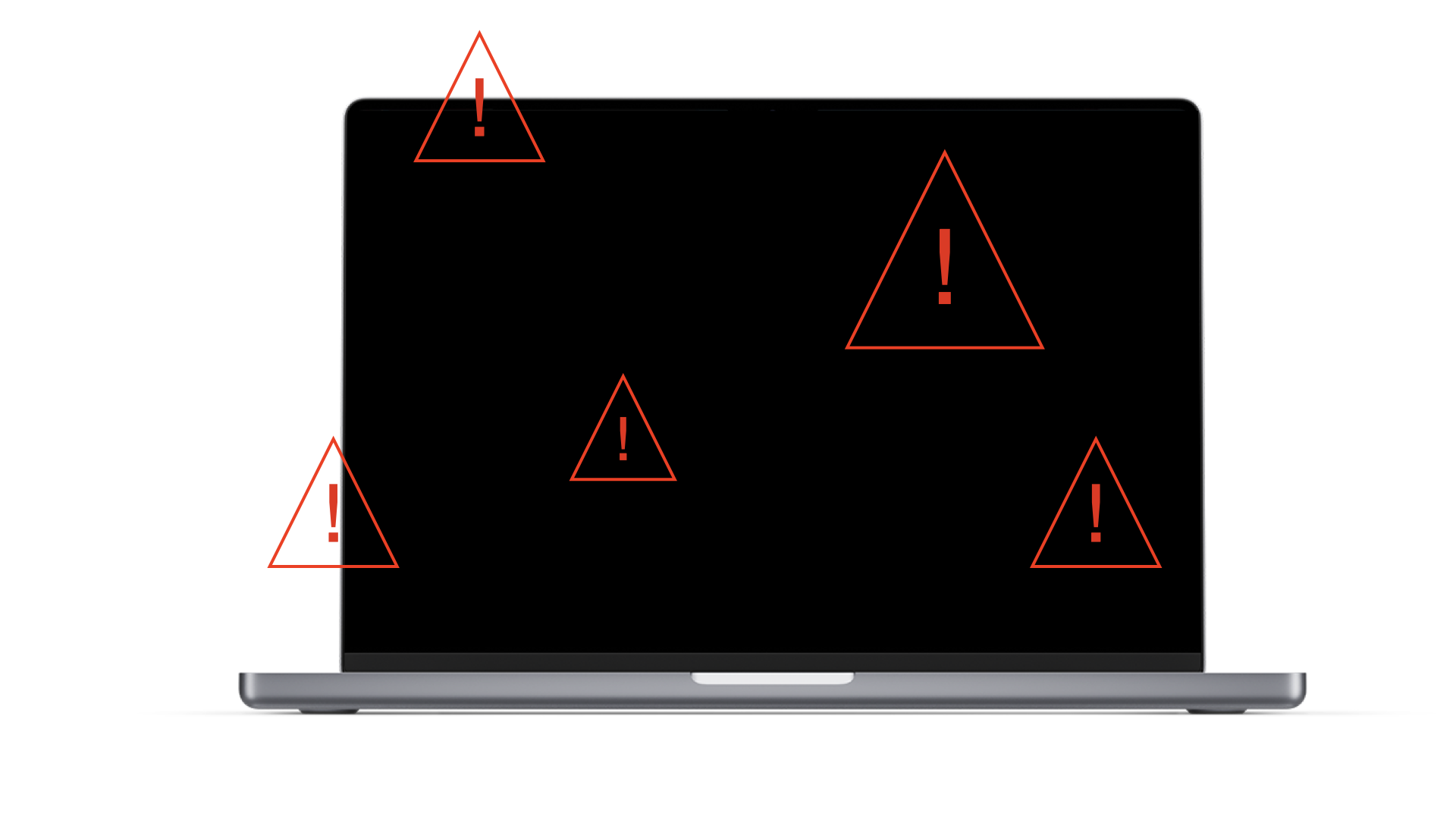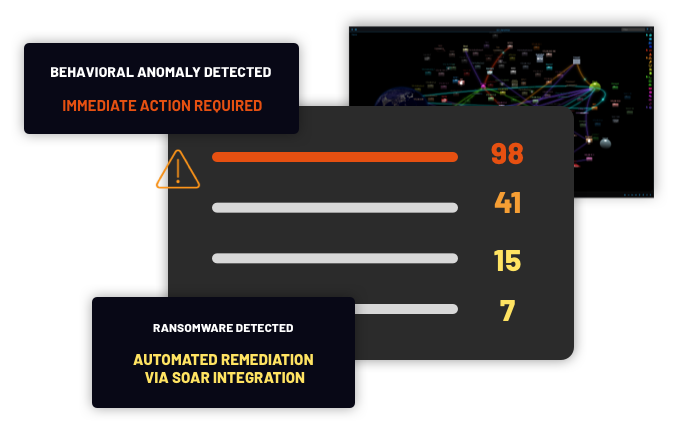Overcoming Alert Fatigue in Cybersecurity:
A Modern Security Challenge
The growing number of cyber alerts, threats, and breaches creates a vicious cycle for organizations. Alert overload numbs staff to the alerts that matter. This increases response times or worse, leads to missed alerts.
Management then bears down on security analysts, which leads to burnout. Burnout results in staff turnover. The company hires replacement personnel, then repeats the cycle.
Alert fatigue not only causes staff churn. It also creates cybersecurity risks that could have been avoided.
Alert Fatigue Cybersecurity: Defining the Problem
As the complexity of IT infrastructure grows, so does the barrage of security alerts. The issue isn’t just the quantity of alerts, but the signal-to-noise ratio. False positives, non-essential notifications, and irrelevant alerts drown out critical warnings that need immediate attention.
Constantly sifting through an ocean of alerts to find a genuine threat is a game of chance and exhaustion. And in an industry that is notoriously lacking in skilled professionals, there is no ‘human capital’ solution anywhere in sight.
Ultimately, security alert fatigue just ensures the risk of the next security breach will go up.


The Solution to Alert Fatigue
The solution to alert fatigue isn’t as simple as switching off notifications or disregarding them. It requires a strategic combination of technologies, process changes, and skill development. Attackers are increasingly motivated, savvy and stealthy.
The answer lies in the proper use of artificial intelligence (AI). Simply stated, humans will never be good at sifting through haystacks to find the proverbial needle. But machines, with the right AI technology, can excel on this front.
Plus, a solution that can correlate, contextualize, and prioritize alerts is necessary to help security teams decide where to focus their attention.
The Role of ThreatWarrior Extended Detection and Response (XDR) in Combating Alert Fatigue
XDR is a valuable asset to help address alert fatigue in cybersecurity. A high-powered XDR solution automatically sifts through the constantly growing and changing alert pile – in real time. Human staff are free to focus on alerts that matter.
ThreatWarrior Extended Detection and Response (XDR) offers specific solutions to the security challenges posed by alert fatigue:

Unsupervised Neural Networks / Deep Learning discovers the alerts that matter across network, endpoint and user signals at machine speed.

Neural network parameters rapidly categorize each alert as benign, suspicious, or malicious, suppressing false positives.
Continuous deep packet inspection (DPI) examines more than just packet headers and can understand the sessions that connect packets together. Unlike traditional packet capture and plain packet filtering, this allows analysts to analyze all network data from end to end. Continuous DPI helps you.

Using multiple inspection engines, ThreatWarrior XDR automatically reduces false positives, thereby minimizing the overall volume of alerts.

Challenges with alert fatigue often arise due to the security team’s lack of time or skill to address issues effectively. However, organizations can overcome these challenges by leveraging advanced technologies and intelligent solutions like ThreatWarrior Extended Detection and Response (XDR).
By implementing ThreatWarrior XDR, organizations can significantly reduce the burden of alert fatigue. Its unsupervised neural networking, continuous deep packet inspection, and multiple inspection engines automatically pinpoint alerts that matter. By streamlining the alert management process, security teams can optimize their resources and focus on addressing the alerts that truly matter.
With ThreatWarrior XDR, you can avoid getting overwhelmed by alerts and stay ahead of changing cyber threats.
